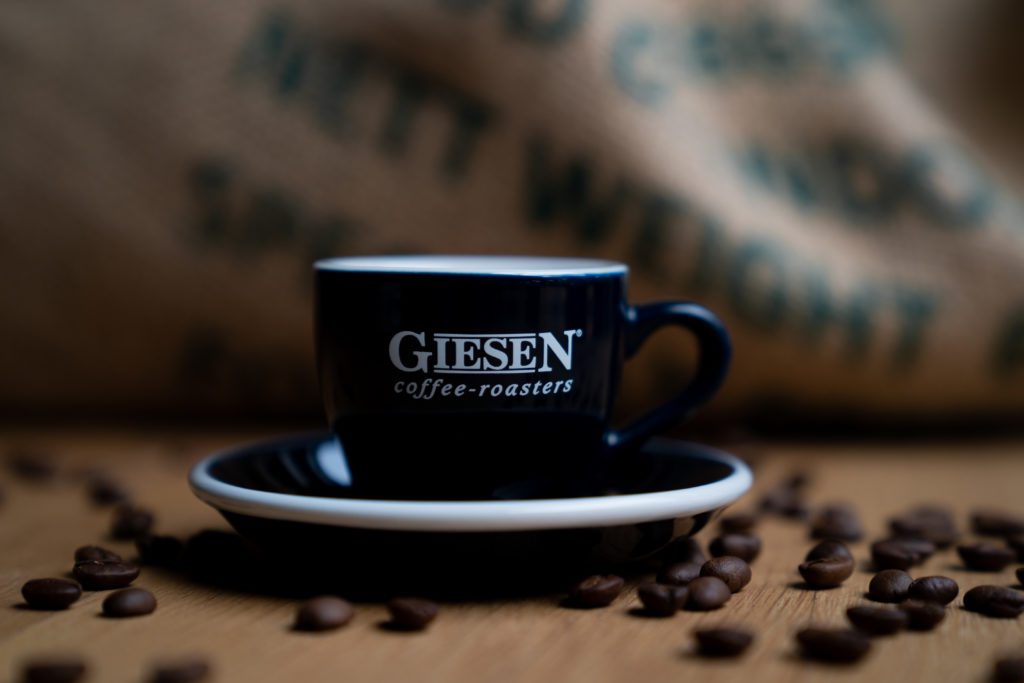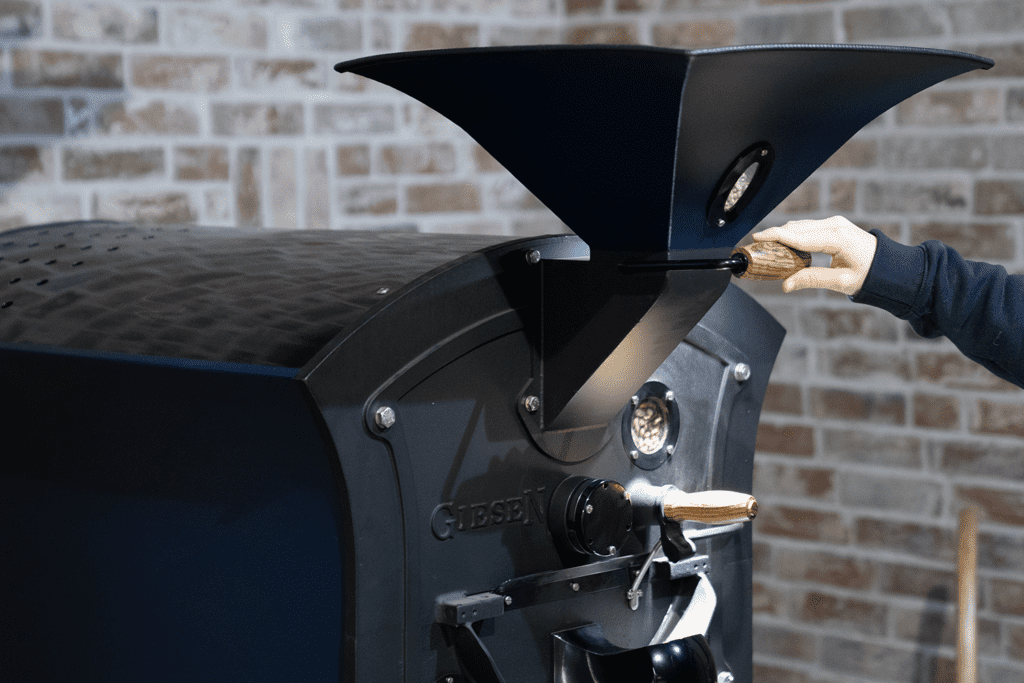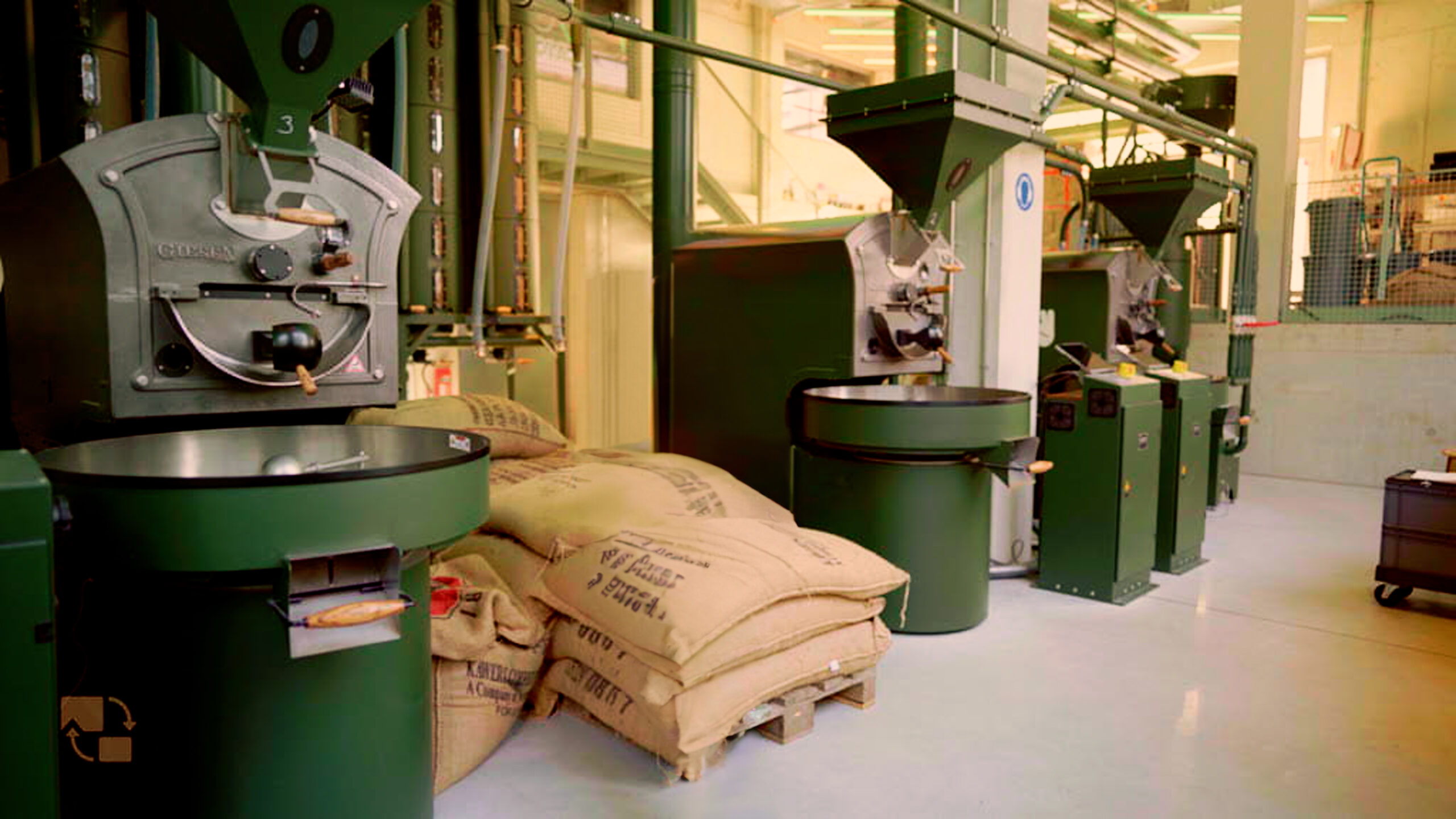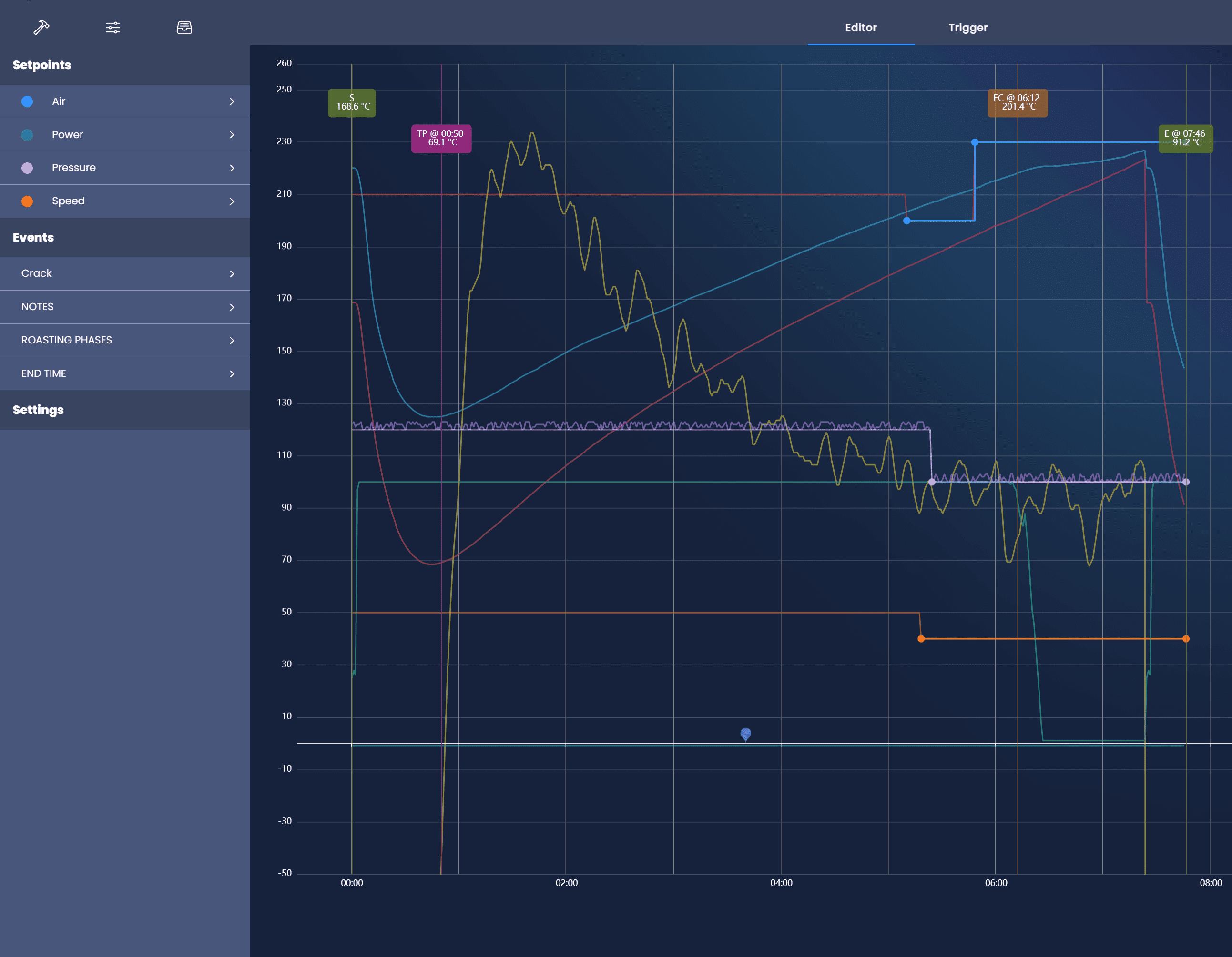I love espresso. It always feels so exciting to prepare and extract a carefully roasted espresso shot. At the same time, the art of creating espresso can also be very humbling and frustrating. Today I will tell you all about it.
Over the years, I have created espresso shots that were as sweet as honeydew cantaloupe and I’ve also produced shots that were astringent and sour as an unripe apple. In most cases, the roasting profile played an intricate role in the flavor profile of the shot. Over the years, I have experienced that Giesen roasting machines can do an exquisite job to fine-tune the flavor of your espresso. Let’s review some parameters that will help you to consistently create espresso shots with a delicious sweetness.
First: Buy The Right Beans
With espresso, it is basically impossible to “put lipstick on a pig” and to expect that buying a cheaper, inferior bean might help you to produce a balanced, sweet espresso. This is fundamentally impossible. The espresso extraction process works like an amplifier; the extreme pressure and temperature conditions typically highlight the impurities of the coffee beans. For that reason, select the beans that display sufficient sweetness during a regular cupping inspection of the coffee.
Second: Blend After Roasting
If you’re composing a multiple-component blend, then always roast the ingredients separately and blend the beans after roasting. In that way, you can strategize the roasting profile for each bean individually. Most Giesen machines have oversized cooling trays which allow you (upon the completion of all roasting) to blend at least two roasted components together without the tray over-flowing
Third: Wait 7 Days After Roasting
Freshly roasted beans exhale CO2 gasses. During the first 7 days after roasting, the pressure of CO2 at the cellular level decreases significantly. After this necessary curing time, there’s a much better chance that the espresso shot will succeed.

Fourth: Customize Your Roasting Profile
To produce a sweet espresso flavor, I prefer a roasting time of 11 to 13 minutes with a development time of 2 to 3 minutes. In other words, from the early start of the first crack, I recommend finishing the roast within 2 to 3 minutes. For the purpose of fine-tuning your espresso roasting profile, Giesen machines offer various features which are extremely helpful. Some examples of these valuable roasting machine features are:
- Giesen machines normally have a built in Rate of Rise (ROR) indicator which helps you to predict at what point in time your profile will hit First Crack.
- With the Giesen technology you can set the preferred air pressure for the roasting batch. Typically, a higher pressure highlights the acidity while a lower pressure setting can emphasize the body of the espresso.
- Last but not least, Giesen machines have another helpful tool, which is the adjustable roasting drum speed. Lowering the speed of the drum towards the end of the roast slows down the development phase, which can benefit sweetness.
Interested to learn more? Join the Giesen webinar of March 26, which will be broadcasted live from Boot Coffee Campus. We will entirely focus on the topic of Roasting for Espresso! Please sign up here and see you there!
Willem Boot is a roasting consultant and trainer and founder of Boot Coffee Campus in San Rafael, California. He is also one of the Giesen Ambassadors. Visit www.bootcoffee.com.




